Q32:
AS & A Level Chemistry - 9701 Paper 1 2017 Summer Zone 3
Questions:
32/40

Topic: CH3 - CHEMICAL BONDING
Solution
Solution is B

PRACTISE
Similar Questions

LEARN
Concepts with Sparky

More Questions from this Topic
Theory
CH3 - CHEMICAL BONDING
(a) (i) Explain the lack of reactivity of nitrogen gas, $N_2(g)$.........................................................................................
2024
 Summer
Summer
 Summer
Summer
 4
4
Theory
CH3 - CHEMICAL BONDING
Bismuth is an element in Group 15 of the Periodic Table.(a) Bismuth has metallic bonding.Draw a labelled diagram to show the metallic bonding in bismu...
2024
 Spring
Spring
 Spring
Spring
 4
4
Theory
CH3 - CHEMICAL BONDING
Chlorine, $Cl_{2}$, reacts with many elements and compounds to form chlorides.Table 2.1 shows information about some chlorides of Period 3 elements.Ta...
2024
 Spring
Spring
 Spring
Spring
 5
5
Theory
CH3 - CHEMICAL BONDING
(a) Table 3.1 shows some properties of two Group 14 elements, C and Sn, in their standard states. The table is incomplete.\begin{table}
\centering
\b...
2024
 Winter
Winter
 Winter
Winter
 4
4
Theory
CH3 - CHEMICAL BONDING
Nitrogen, $N_2$, is generally an unreactive molecule but it does react under certain conditions. (a) Give two reasons to explain the lack of reactivi...
2024
 Spring
Spring
 Spring
Spring
 4
4
Theory
CH3 - CHEMICAL BONDING
(a) Sulfur chloride, $\text{SCl}_2$, is a liquid at room temperature. When $\text{SCl}_2$ is added to water, misty fumes are seen and a solution is ma...
2024
 Summer
Summer
 Summer
Summer
 4
4
Theory
CH3 - CHEMICAL BONDING
Hydrocarbon molecules contain covalent bonds.(a) Define covalent bond....................................................................................
2024
 Summer
Summer
 Summer
Summer
 2
2
Theory
CH3 - CHEMICAL BONDING
Benzene reacts with chlorine gas to form chlorobenzene. This reaction can be described as the reaction between benzene molecules and $Cl^+$ ions. The ...
2024
 Winter
Winter
 Winter
Winter
 2
2
Theory
CH3 - CHEMICAL BONDING
The Pauling electronegativity values of elements can be used to predict the chemical properties of compounds.Use the information in Table 1.1 to answe...
2023
 Spring
Spring
 Spring
Spring
 2
2
Theory
CH3 - CHEMICAL BONDING
The elements silicon, phosphorus and sulfur are in Period 3 of the Periodic Table.(a) (i) Describe the variation in atomic radius from silicon to sulf...
2023
 Winter
Winter
 Winter
Winter
 3
3
More Questions from year 2017
MCQ
CH3 - CHEMICAL BONDING
Which molecule contains six bonding electrons?
2017
 Summer
Summer
 Summer
Summer
 2
2
MCQ
CH1 - ATOMS, MOLECULES & STOICHIOMETRY
The mass spectrum of a sample of lithium shows that it contains two isotopes, $^6\text{Li}$ and $^7\text{Li}$.The isotopic abundances are shown in the...
2017
 Summer
Summer
 Summer
Summer
 2
2
MCQ
CH1 - ATOMS, MOLECULES & STOICHIOMETRY
A sports medal has a total surface area of 150 cm$^2$. It was evenly coated with silver by electrolysis. Its mass increased by 0.216 g.How many atoms ...
2017
 Summer
Summer
 Summer
Summer
 2
2
MCQ
CH2 - ATOMIC STRUCTURE
Which property of an atom does not affect its first ionisation energy?
2017
 Summer
Summer
 Summer
Summer
 2
2
MCQ
CH3 - CHEMICAL BONDING
Which molecule has the largest overall dipole?
2017
 Summer
Summer
 Summer
Summer
 1
1
MCQ
CH4 - STATES OF MATTER
The complete combustion of 2 moles of a straight chain alkane produces 400 dm^3 of carbon dioxide measured at 301 K and 1 \times 10^5 Pa. Carbon dioxi...
2017
 Summer
Summer
 Summer
Summer
 2
2
MCQ
CH5 - CHEMICAL ENERGETICS
Which expression gives the standard enthalpy change of combustion of methane?
2017
 Summer
Summer
 Summer
Summer
 1
1
MCQ
CH6 - ELECTROCHEMISTRY
Solutions containing chlorate(I) ions are used as household bleaches and disinfectants. These solutions decompose on heating as shown. $$3ClO^- \righ...
2017
 Summer
Summer
 Summer
Summer
 2
2
MCQ
CH6 - ELECTROCHEMISTRY
When $K_2MnO_4$ is dissolved in water, the following reaction occurs:$aMnO_4^{2-}(aq) + bH_2O(l) \rightarrow cMnO_4^{-}(aq) + dMnO_2(s) + eOH^{-}(aq)$...
2017
 Summer
Summer
 Summer
Summer
 2
2
MCQ
CH7 - EQUILIBRIA
Methanol can be produced from hydrogen and carbon monoxide.$2H_2(g) + CO(g) \rightleftharpoons CH_3OH(g)$What is the expression for $K_p$ for this rea...
2017
 Summer
Summer
 Summer
Summer
 3
3




 Share
Share




 Previous
Previous




